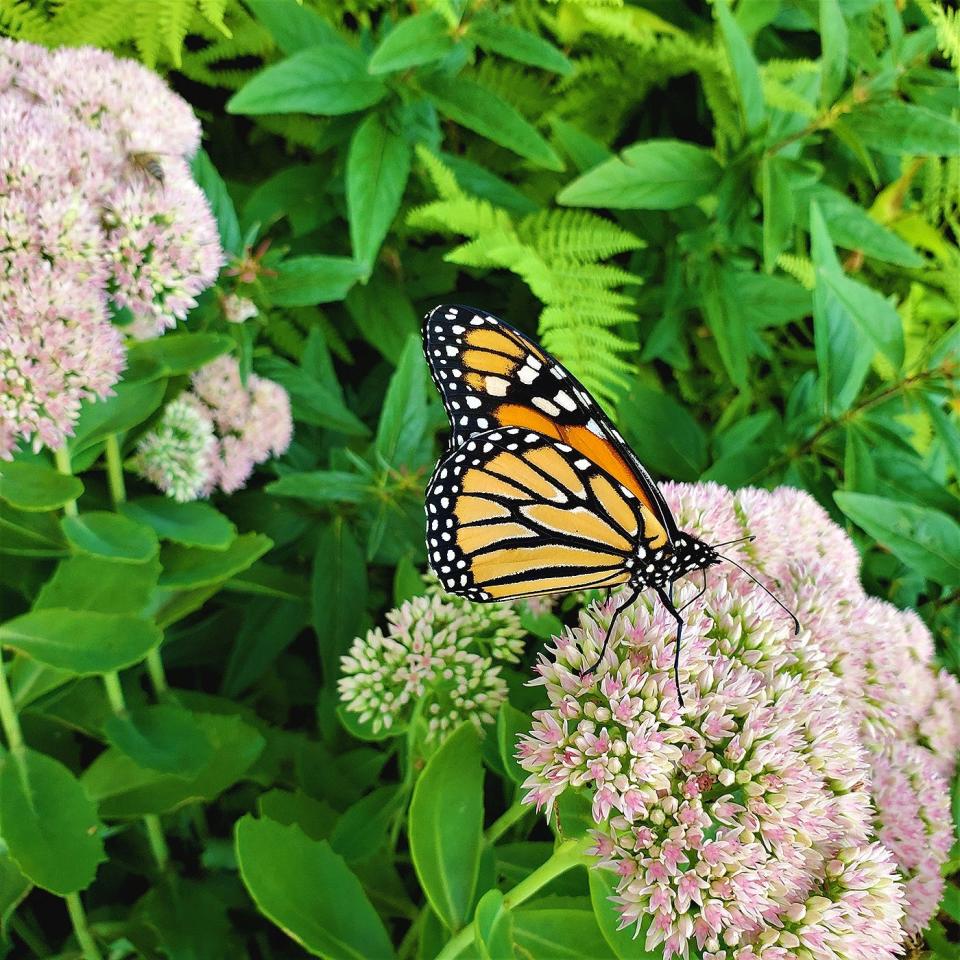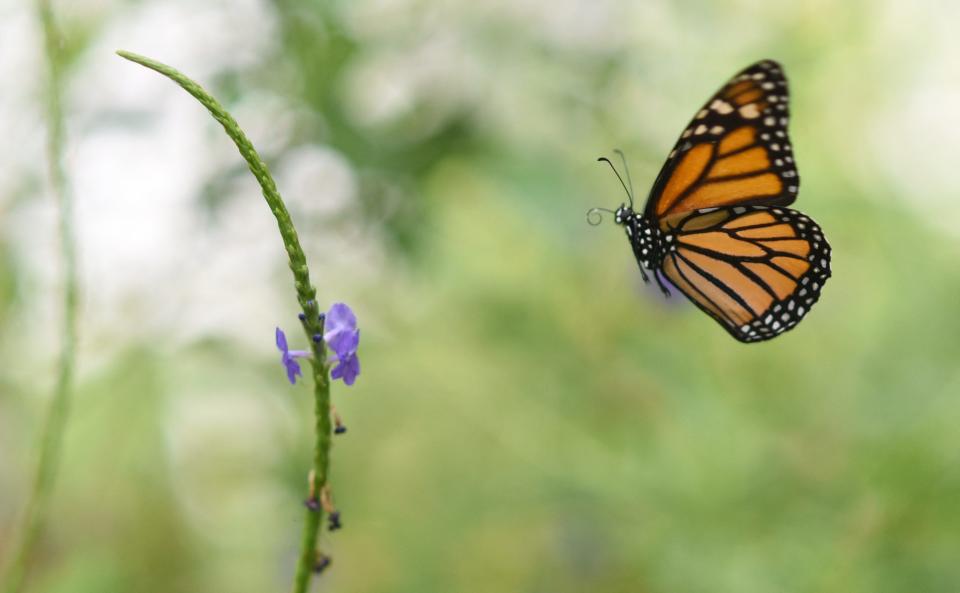Where and when to look for monarch butterflies this summer in North Central Mass.
It's the season for outdoor hobbies, and as gardeners prepare their grounds for the seasonal harvest, they should remember to grow plants, like milkweed, to support monarch butterflies.
Milkweed is the most important plant in the life cycle of a monarch. Adult female monarchs only lay their eggs on milkweed leaves because it's the only plant that monarch caterpillars can eat before they cocoon and develop into monarch butterflies.
It takes three generations of monarch butterflies to complete their annual 3,000-mile migration journey to dozens of New England communities. Monarchs migrate all over the Northern U.S. and Canada from Mexico and Southern California.

The monarch butterfly lifecycle
Adult monarchs can be found throughout the commonwealth, from the Quabbin region to the North Shore. Hundreds of thousands of these butterflies migrate north from the boreal forest of Michoacán, Mexico, starting in February and March.
The monarchs begin to mate in Mexico before they journey north to their first stop in Texas, where the second generation is hatched. Then, the second generation sets off to Virginia, where they will mate and produce the third generation. After a month-long trip, the third generation eventually arrives in Massachusetts and other New England states.
Massachusetts residents can anticipate the third generation of monarchs arriving in June. The monarchs will start their search for milkweed to lay their hundreds of eggs so the next generation can begin the journey back. Adult monarchs stay in Massachusetts from June to August. Between September and October, the next generation begins the annual winter migration back to Mexico.

On their way back to Mexico in the fall, monarch butterflies go through a similar three-generation journey, stopping along the way to mate and reproduce a new generation of monarchs to complete the migration pattern before winter starts.
An adult monarch's expected life span is between 60 and 70 days, and it takes about 20 to 39 days for an egg to hatch into a caterpillar and then become a monarch butterfly.
Martha Gach, regional education manager and conservation coordinator at Mass Audubon, said there shouldn't be any delays in the migration pattern as long as the weather in the south is warm.
Where to find monarch butterflies?
Dr. Loree Griffin Burns, a naturalist and author, said people should find adult monarchs anywhere with a thriving milkweed population.
During summer, people can only find monarch eggs and caterpillars on milkweed leaves and cocoons.
Gach said there are over 70 milkweed species native to the United States. Still, there are three native milkweed species in the North Central Mass. region: common milkweed, found in any grassy field or blooming backyard; rose milkweed, found in swampy marsh wetlands in the area; and butterfly milkweed, which grows in dry grass fields.
Here are five parks and conservation sanctuaries in the Greater Gardner with a large milkweed population:
Lake Wampanoag Wildlife Sanctuary in Gardner
Wachusett Meadow Wildlife Sanctuary in Princeton
Otter River State Forest in Baldwinville
High Ridge Wildlife Management Area in Westminster
Broad Meadow Brook Conservation Center and Wildlife Sanctuary in Worcester
What to do if you want to help preserve the monarch butterfly
For the past two decades, the monarch population has declined rapidly due to illegal deforestation of the boreal forest in Michoacán, Mexico, said Gach.
People can take several small actions to help support the monarch population this summer. Gach said people can participate in No Mow May, where they don't mow their lawns for the whole month to prevent the cutting of milkweed and other flowering weeds that feed the monarch butterflies and other pollinators.
Planting milkweed in the backyard or garden can help the female monarch find a place to lay her eggs. Gach said people can also avoid spraying pesticides and weed killer in their yards and gardens because those chemicals can kill pollinators like the monarch.
This article originally appeared on Gardner News: Monarch butterflies need milkweed to migrate from Mexico to New England

